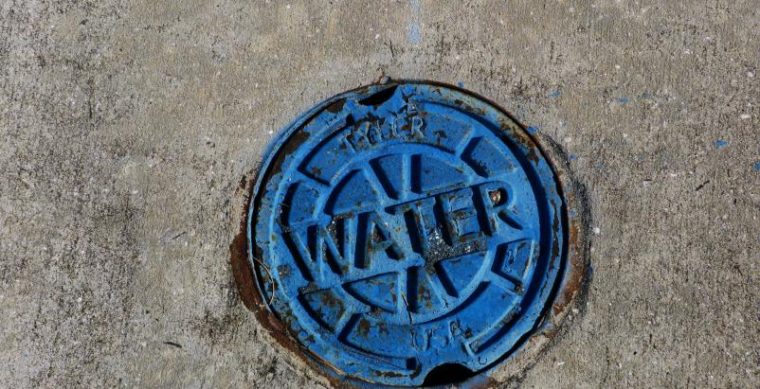
Look for a “surge of network upgrades” in capital expenditures for municipal water and wastewater utilities in the United States over the next 9 years. That is the projection from Bluefield Research. The company’s most recent report predicts a 28 percent increase – or more than $532 billion – over capital expenditure spending during the last 10 years. That translates into an abundance of contracting opportunities for private-sector firms. It also will likely open the door for increased use of public-private partnerships (P3s/PPPs).
The new spending by water utilities comes at a good time, as federal funding for utilities has dropped off considerably in recent years – from $16 billion in 1976 to just $4.3 billion in 2014. That has resulted in a backlog of state and municipal utilities’ necessary infrastructure upgrades. And, in the end, it has been the ratepayer who has shouldered that burden. Sewer bills alone have increased 20 percent annually since 2000. However, even with those increases, the funding realized from these increases still falls short of what is needed.
Using proposed utility budgets as a basis for much of the forecast, Bluefield also drew information from government agencies and company assessments. Much of the increased water infrastructure spending is expected for projects including pipes, pumps and plants. The forecast shows that water infrastructure spending suffered a drop of about 15 percent during the nation’s economic decline for the five-year period from 2009 to 2014. However, the rebound in the American economy has resulted in somewhat of a rebound in spending on many water infrastructure projects that had been pushed to the back burner.
Cities are likely to concentrate on deteriorating infrastructure and increased demand as populations increase and environmental regulations are tightened. New technology related to water infrastructure as well as financing will be in high demand. An absence of available local funding is expected to make public private partnerships (P3s) rise to the top of alternative financing options. Private capital, as well as an abundance of capital from pension funds, is readily available and funding will not be a problem.
Bluefield predicts that 61 percent of the increased spending will be allocated to projects related to the 1.6 million miles of underground water and wastewater pipes. The forecast notes that money spent on pipe networks over the 10-year period will likely double.
Want to read more stories like this one? Check out the most recent editions of Government Contracting Pipeline and Texas Government Insider. SPI’s government contracting consultants assist firms of all types in selling to government. Contact them today.

